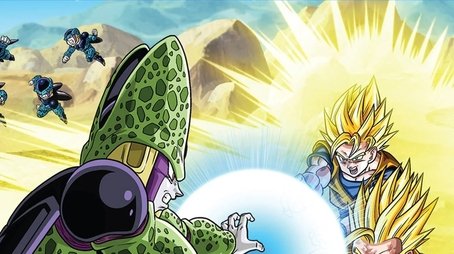
Sorry, we have not watched this yet.

Humanity nears extinction as Cell achieves his deadly perfect form! Eager to display his new power, the monster proposes a tournament. If Earth produces a worthy challenger, whether be it Goku or Mr. Satan, mankind will be spared. But if not – death comes to all!
Sorry, we have not watched this yet.